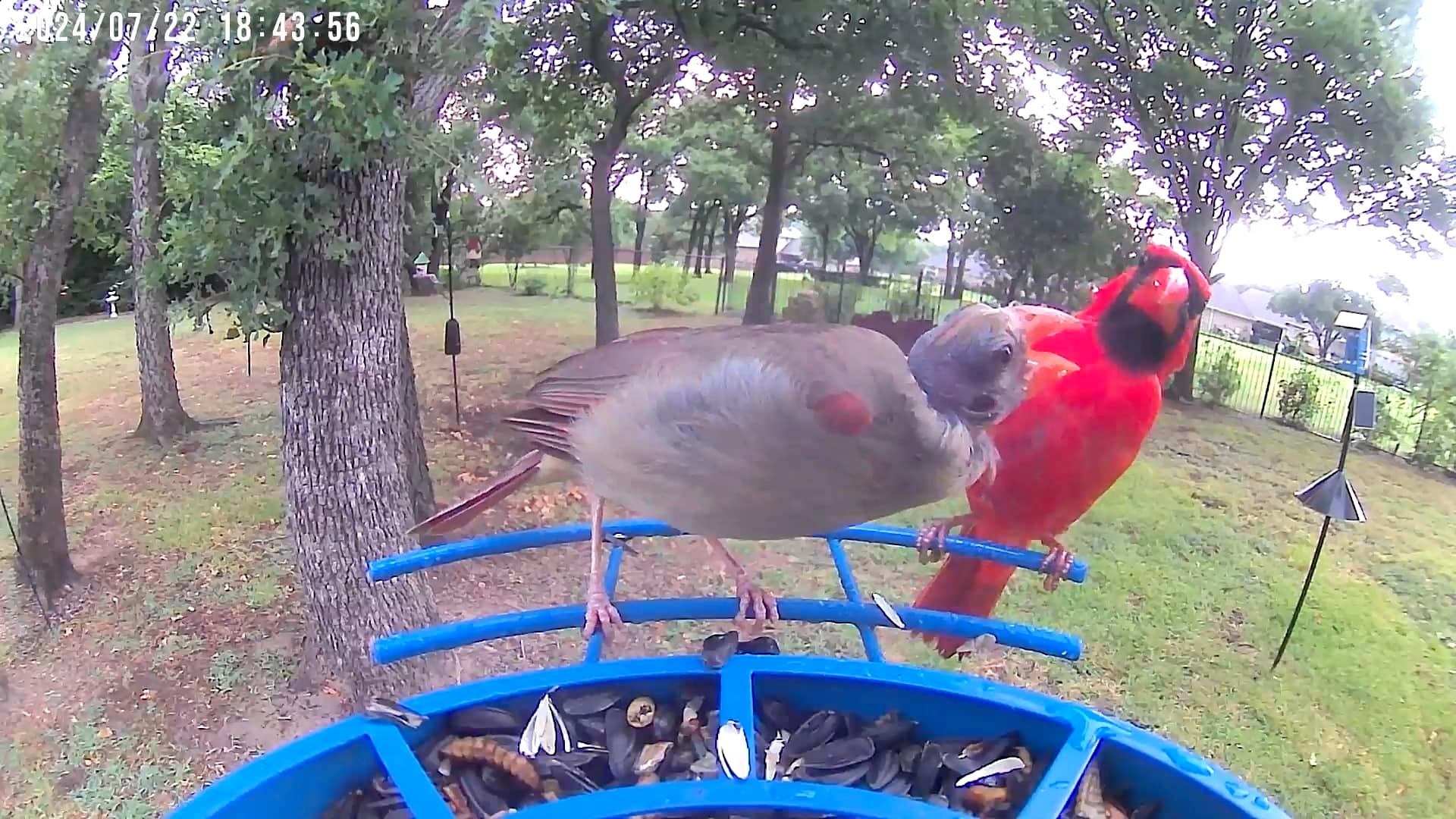Window strikes
Window strikes are a significant threat to birds, especially during the summer months when young fledglings are learning to fly. Here are some effective tips to prevent these tragic incidents:
- Reduce Window Visibility
Draw curtains or blinds: This reduces the visibility of the window to birds, making it less likely for them to mistake it for open space.
Minimize light sources:Bright lights can attract birds, especially at night. Use low-wattage bulbs or consider using motion-activated lights.
- Apply Bird-Safe Window Decals

Anti-Collision Window Decals: These decals are specifically designed to deter birds from flying into windows. They often feature patterns or colors that are visible to birds but not to humans.
Rainbow Stickers: Colorful stickers can also be effective in deterring birds, especially when placed at eye level.
- Create a Bird-Friendly Environment
Provide alternative perches: Offer birds safe perches away from windows, such as bird feeders or natural branches.
Plant bird-friendly shrubs and trees: These can provide natural cover and deter birds from flying towards windows.
Keep indoor plants away from windows: Indoor plants can attract birds, increasing the risk of collisions.
Clean Feeders Regularly
Regular cleaning is essential for keeping bird feeders safe and hygienic.
Standard Feeder: Mold and debris can quickly build up on feeders. To clean properly, take the feeder apart and remove any visible debris. Studies show that scrubbing and soaking the feeder in a diluted bleach solution (1 part bleach to 9 parts water) for 10 minutes is more effective at killing bacteria than just soap and water. After soaking, you can wash with soap and boiling water or place it in the dishwasher on a hot cycle. Always ensure the feeder is completely dry before refilling.--This part is cited from https://feederwatch.org/learn/feeding-birds/safe-feeding-environment/
Hummingbird Feeder: Mold thrives in sugar water, so it's important to clean the feeder every time you refill the nectar, which should be every 2 to 5 days based on outdoor temperatures. If you notice cloudy nectar or black mold, discard the liquid and clean the feeder right away.
Cat
Cats are the most common pet in North America, but they pose a significant threat to birds, killing hundreds of millions annually. Birds that feed or nest on the ground, as well as fledglings, are especially vulnerable, though even birds at feeders can easily fall prey to roaming cats. If you have a cat, it's highly recommended to keep it indoors to help protect bird populations. This also benefits your cat, as indoor cats typically live longer and healthier lives compared to those that roam outside. The American Bird Conservancy has introduced the "Cats Indoors!" initiative to address this issue.Campaign to increase awareness of the problem.
Unlock the cat detection feature for enhanced monitoring with our Soliom Pro subscription. You'll also receive pet sighting alerts and helpful tips for safely positioning your bird feeder.

Feeder position
Place your bird feeder at a distance from trees, shrubs, fences, or structures, as squirrels and other predators can use them to climb or leap onto the feeder. A pole is generally more effective than a hanging hook. To enhance protection, consider adding a squirrel baffle to the pole, which can also deter raccoons from accessing the feeder.

Quality Food
Offer your birds a nutritious diet by providing fresh, high-quality birdseed. This will not only keep them healthy but also help prevent the spread of diseases. Different birds are drawn to different kinds of feeders. Here, a Red-winged Blackbird, Northern Cardinal, and Blue Jay visit a platform feeder, while a European Starling grabs some suet, center frame. To the left are two types of tube feeders; on the right are two additional types of suet feeders.





Leave a comment
This site is protected by hCaptcha and the hCaptcha Privacy Policy and Terms of Service apply.